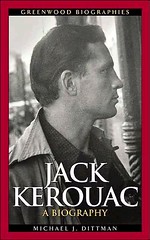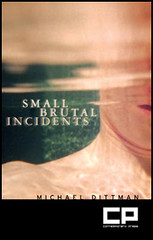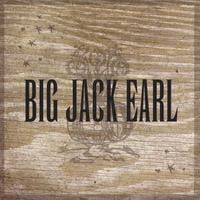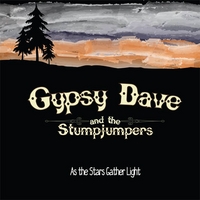In 1926, native Pittsburgher and journalist with The Nation Haniel Long wrote “How Pittsburgh Returned to the Jungle” a humorous short story about political corruption which leads to everyone in Pittsburgh being forced to keep window boxes:
The vines grew longer year by year, and hung in the air, or were shorn close about the windows. Flowers flared in many new varieties. Visitors were struck by the novelty of the sight, and reports of a new wonder filled the world. Pictures of Pittsburgh in wistaria time or in the season of gladiolus appeared in the movies everywhere, and were marvelled at by millions. The city hitherto notorious as being devoted to naked industry was now featured on all American tours for its beauty, and became the mecca of the recently married, of sightseers disappointed in Niagara, of ornithologists, botanists, and searchers for the exotic. . . .
Certain skyscrapers, now without tenants, were given over unreservedly to horticulture. Then in deadly earnest did the jungle set out to conquer the city of ravines and gulches. Little by little its tide ran up the river valleys and across the abandoned mills, softening angular roofs and turning cupolas into amazing sights. The bridges across the five rivers became fairer than the bridges of vision….
The air grew clearer. No smoke was permitted; only electric locomotives penetrated the city. The roads and highways were banked with shrubs and blossoms. If the wind blew in the right direction, the citizens of Youngstown, or Morgantown, or Cleveland could smell the fragrance of Pittsburgh from afar. It seemed to them strange and fabulous as it overpowered the sulphur dioxide to which they were accustomed, and the would say to one another, "Oh to be in Pittsburgh, in beautiful Pittsburgh!"
Today, of course, Long seems positively clairvoyant. Formerly smoky Pittsburgh is lush with green and hosts more LEED certified buildings and projects than any other American city. Mark Panza’s show at The National Transit’s Graffiti Gallery, “REFLECTIONS: Photographs of Nature and Architecture” typifies this new melding of classical architecture and greenspace with digital art that relies upon long vertical lines in photo montages sculpturally mounted and arranged.
Panza is the owner of Panza Gallery & Frame Shop in Millvale, Pa and it’s clear that he has spent a lot of time considering how best to present his double exposure-centered work. The show consists of architectural work exposed over scenes of nature (or, I suppose, vice-versa). Green dominates the work, all of which is large scale, then cut down and mounted on smaller panels.
While I was in the gallery, one patron was explaining to the other where the buildings stand in Pittsburgh. But to be art, the photos must rise above the realm of postcard. They may be about Pittsburgh, but they must be simultaneously more univeral than Pittsburgh. It’s regional art, but in the sense of being tied deeply to the landscape rather than landmarks. Our earth itself is deeply scarred by logging roads, ATV trails and utility company right of ways visible n Spring and Fall. Below is a shot taken from my car window on Route 8, between Oil City and Franklin – here you can see the lines bisecting a cross-crossing the hillside.:


Within the beauty, there are some misteps which can be laid at the feet of too much, too easy technology. Panza’s work is digital and highly manipulated. "Split Renaissance" falls into gimmickry with images of a bridge duplicated and flipped to present a sense of moving out and away from the center of the art. And, overall, there's not a lot of whimsy in the work – at time, it feels rather cold for a nature based show.
For decades, photography was barely seen as art. Panza’s work belongs to the tradition of work that has changed that perception and stands as a highly recommended show.
The Graffitti Gallery is at 206 Seneca St, Oil City, PA in the lower floor of The National Transit Building. “REFLECTIONS: Photographs of Nature and Architecture” runs from March 1- April 8. The Gallery is open Fridays and Saturdays from 11 – 7. The show also includes photography from local standouts Linda Lineman, Holly Berlin, and others.
![]()
![]()















2 comments:
wow, I just found this. Very well written. MP
Thanks!
Post a Comment